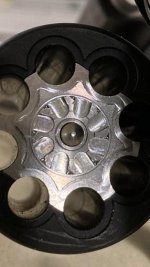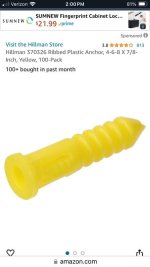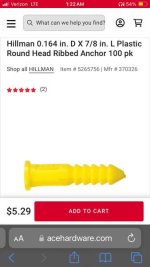Here are two photos of the cylinder of my brand new 43c:
The first photo shows 8 wall anchor snap caps after one cycle of dry firing. Carefully note the vertical rectangular indent made by the firing pin on each anchor’s rim where it abuts the bottom center of each of the star ejector’s semi-circular chambering guides.
The second photo shows the empty cylinder and the star ejector after a dozen full cycles of EMPTY (no snap caps present) dry firing.
I don’t see any firing pin marks anywhere.
What do you folks think?
The first photo shows 8 wall anchor snap caps after one cycle of dry firing. Carefully note the vertical rectangular indent made by the firing pin on each anchor’s rim where it abuts the bottom center of each of the star ejector’s semi-circular chambering guides.
The second photo shows the empty cylinder and the star ejector after a dozen full cycles of EMPTY (no snap caps present) dry firing.
I don’t see any firing pin marks anywhere.
What do you folks think?




